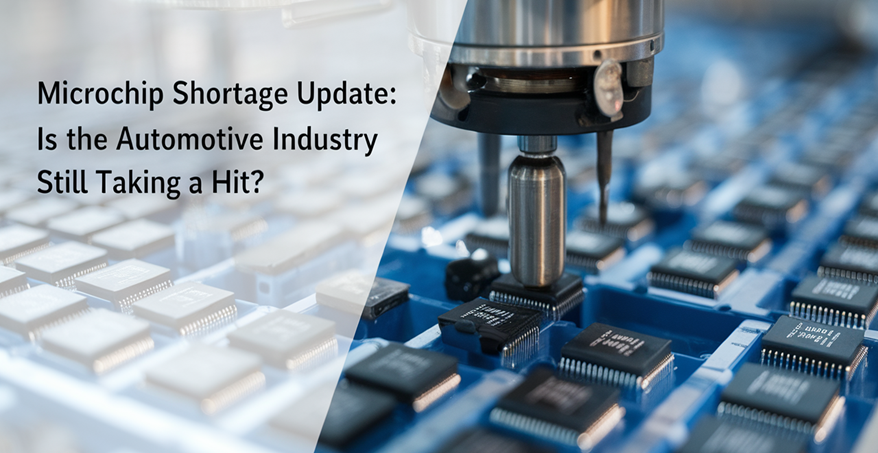In 2025, the automotive industry still faces challenges from the microchip shortage, influenced by supply-demand imbalances and geopolitical factors.
In 2025, the global automotive industry continues to grapple with the repercussions of the microchip shortage that began in 2020. While the most severe impacts have lessened, several factors indicate that the shortage still influences vehicle production and availability.
Persistent Challenges in Chip Supply
Despite improvements, demand for certain semiconductor types still outpaces supply. The automotive sector’s increasing reliance on advanced technologies has escalated the need for microchips, particularly those produced using mature process nodes (40 nanometers and above). However, investments have predominantly targeted advanced nodes (5 nm or 3 nm), leading to underinvestment in mature nodes essential for automotive applications. This imbalance suggests that supply constraints may resurface by late 2025 or 2026.
Geopolitical and Economic Influences
Geopolitical tensions and economic shifts have also impacted chip manufacturing plans. For instance, projects aimed at expanding semiconductor production in Europe have faced delays or suspensions due to various challenges. These developments underscore the complex interplay between global politics and the semiconductor supply chain, affecting the automotive industry’s access to essential components.
Strategic Responses by Automakers
In response to ongoing uncertainties, automakers have adopted several strategies:
-
Diversifying Supply Chains: Establishing direct relationships with chip manufacturers and investing in in-house chip production to reduce dependency on external suppliers.
-
Adjusting Production Priorities: Focusing on high-demand and high-margin models, sometimes at the expense of less popular variants.
-
Innovating Design: Modifying vehicle designs to utilize available chip types or reduce chip usage without compromising essential functionalities.
These measures aim to enhance resilience against supply chain disruptions and ensure the continuity of vehicle production.
While the acute phase of the microchip shortage has passed, its effects linger in the automotive industry. Ongoing supply-demand mismatches, geopolitical factors, and strategic shifts by manufacturers continue to shape the landscape in 2025. Stakeholders must remain vigilant and adaptable to navigate the evolving challenges in semiconductor availability.


